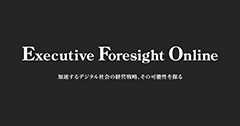(October 7, 2021)
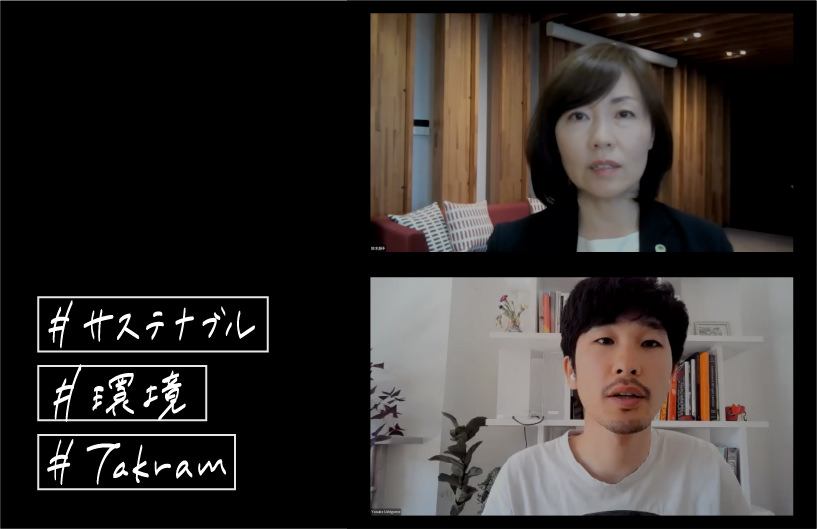
We are currently facing deepening crises in terms of climate change, biodiversity, and infectious diseases. To combat these crises, the Hitachi Group is striving to help realize a carbon-neutral and highly circular society that can coexist in harmony with nature.
In 2021, Hitachi became the first Japanese company to become a principal partner of the 26th United Nations Climate Change Conference of the Parties (COP26). Tomoko Suzuki, Environment Project Leader of Hitachi’s R&D Group, and Yosuke Ushigome, Director of global design innovation studio Takram London discuss the new questions Hitachi has observed to help realize a sustainable future.
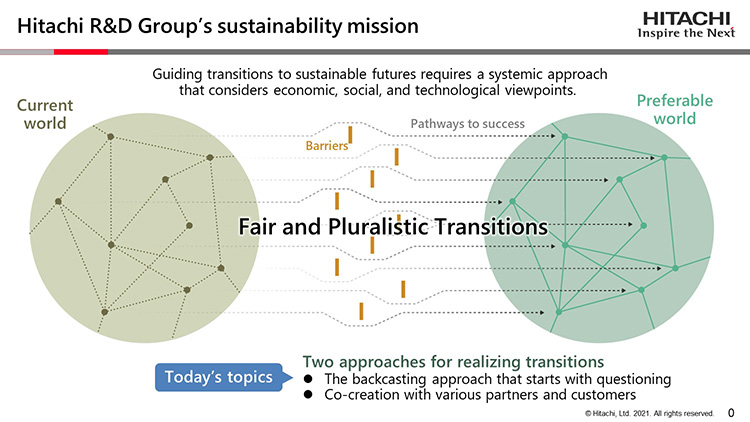
Hello. I am very pleased to be here with you. I am Tomoko Suzuki from Hitachi’s R&D Group.
In 2020, the Hitachi R&D Group established the Environment Project based on the concept of forging a fair and pluralistic transition to a sustainable future. Our aim is to encourage fair and correct societal innovation that leaves no one behind.
We believe initial questioning to be an important approach for realizing the right transition of our social systems.
For instance, what exactly, in concrete terms, is a sustainable society? How will people’s values and lifestyles change in the future, and how should we go about instigating this social system transition? As you can see, if we stop and think for a moment, many questions spring to mind.
So, we have established many questions about how to realize a sustainable future, and we have the research that Hitachi has compiled about people’s changing values. We are now deciding on the new key questions that have emerged from this dialogue and research and that will form the major premise of our future action and creating a concrete social vision that will enable us to properly satisfy this premise.
Furthermore, while backcasting from this fully-formed social vision, we are also looking to work with internal and external stakeholders to co-create innovation that will enable us to overcome the barriers that exist between the society we want to build and our current social systems.
The below slide illustrates our question-driven backcasting approach. I would like to look a little more closely at the two vital elements of this approach, namely the signs that indicated changes in people’s future values and the formation of questions that will fuel our particular drive for a sustainable future.
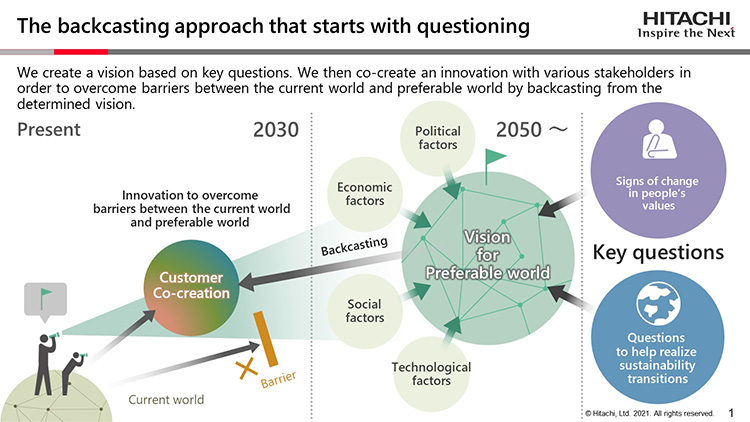
Hitachi has been conducting research to pinpoint specific signs of future change since 2010.
The 2010 Beyond Green initiative is one example of that in which we captured social changes caused by the rise of the “environment natives” who had received environmental education and experienced environmental initiatives in their formative years. Greta Thunberg’s Friday for Future movement in recent years is a clear illustration of this sign.
The 2010 DIY Society also provides insight into certain participation of citizens in the development and operation of social infrastructure. We can also observe these signs in the citizen-led defect-reporting system introduced by Chiba City and the participation of citizens in local transportation in Europe and the United States.
Social systems are created around people’s values and lifestyles. By imagining what people’s values and lifestyles will be like in the future, we can explore the required premises for the social system at that time.
So, how do you think people’s values will have changed by 2050, the year that the world is aiming to achieve a carbon-neutral society? Here, I have listed the possible changes in values as questions.
What if...
What kind of social systems will we need if people’s values and behavior do indeed change in this way?
This is just one scenario, but it illustrates the growing importance of shedding our own assumptions when making decisions in the future era of volatility, uncertainty, complexity, and ambiguity (VUCA).
Next, I would like to introduce a specific initiative that we conducted with members of the global design firm Takram regarding questions to help realize a sustainable future.
This initiative involved exploring visions that would guide the transitions to a sustainable future through discussion with leading experts and individuals from pioneering international organizations, such as non-profit organizations, international research institutions, and prominent social infrastructure companies.
The website shows the nine transitions with diagrams to illustrate each transition.
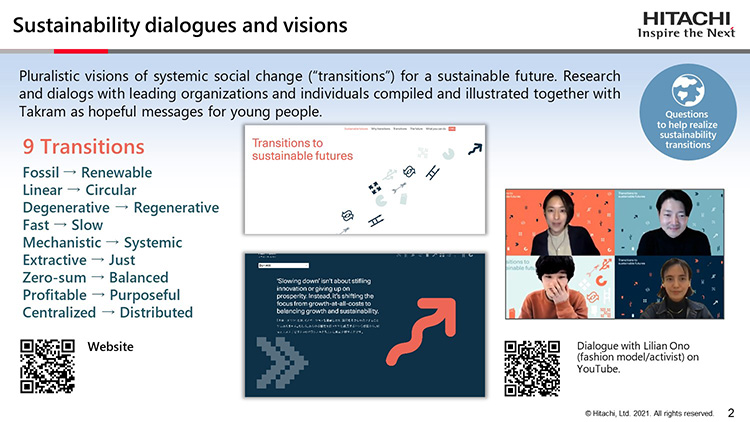
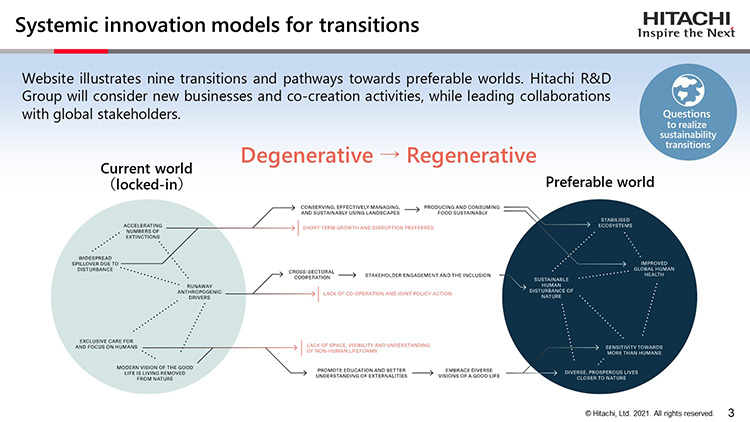
This diagram shows assumed barriers to the transition to the social systems you would need to build, and some of the possible pathways to avoid them. Going forward, we intend to utilize such international research results as we work with a diverse range of stakeholders on activities designed to help solve social problems.
I will now pass the baton on to Yosuke Ushigome of Takram, who will introduce some practical examples of how Hitachi and Takram are forming the right questions for sustainability-related transitions.
Hello. I am Yosuke Ushigome from Takram.
Takram partners with various organizations and individuals to create interesting products, services, brands, and ideas. As we move between different projects in various different fields, we are always careful to prize our pendulum thinking mindset.
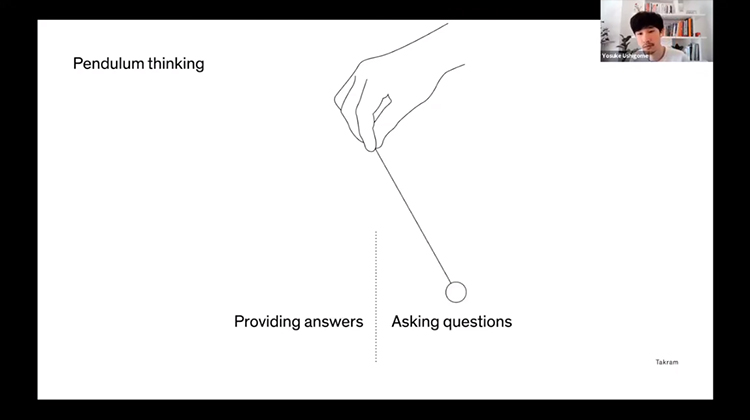
When considering complex issues, we have to decide how to handle the knowledge channeled from different approaches and fields. We don’t integrate separate items into one, but instead take an approach that involves constantly swinging between different elements in true pendulum fashion. Our approach to considering future visions and transitions really does resemble a type of pendulum as we go back and forth between asking questions and providing answers.
In 2020, we worked with Hitachi to formulate questions about the future in our Hitachi New Ecologies Research Takram Project.
Today, whatever your field, you can’t make any decisions without considering climate and environmental issues as the environmental crisis continues to penetrate every aspect of our current era.
Some people in the world, such as creators, artists, designers, or engineers, are more sensitive to that vibe than others, so we researched how their environmental views affected their activities.
First, we came up with two overarching questions. First, how does environmental thinking in the 2020s affect your creations, approach, and processes? Second, What kind of Hitachi creativity have you derived from your activities? Let me tell you about creators’ new environmental views that emerged from this research.
One finding was a greater awareness of plural futures.
One of the diagrams we use when researching future insights is the Futures Cone.
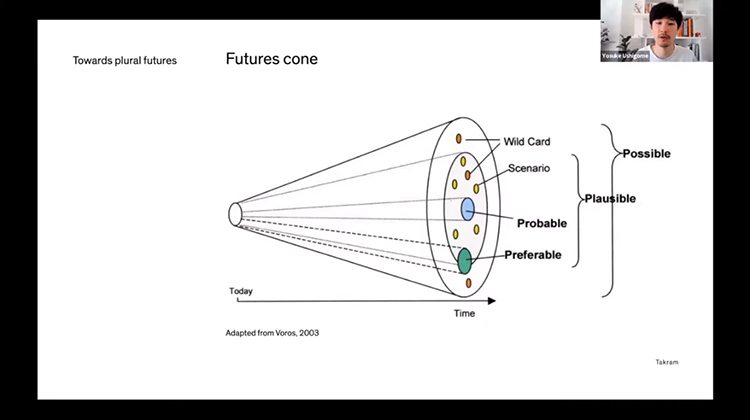
This shows time on the horizontal axis, today on the left and the future on the right and draws three future images extending out from the center of the cone, starting with the Probable future at the core and extending out to Plausible and Possible futures in the wider cones. This serves as a framework that enable us to throw out various scenarios for repeated discussion that helps locate the actual Preferable future. This framework has been used extensively in the past, but many creators are now starting to think that it might actually limit future scenarios.
This could be because people have seen for themselves just how different the experiences of different people have been during the 2020 COVID-19 pandemic depending on their individual circumstances.
For example, some people got to enjoy more leisure time due to the declaration of states of emergency in Japan, while others working on the frontlines didn’t even have a moment to mourn the death of infected people. It has made people more clearly aware that one person’s dreams and ideals can be another person’s nightmare.
The left edge of the Futures Cone shows the point that indicates the current situation. However, people are starting to ask whether it is actually possible to cast the future based on an assumption that everyone is standing within such a narrow area right now.
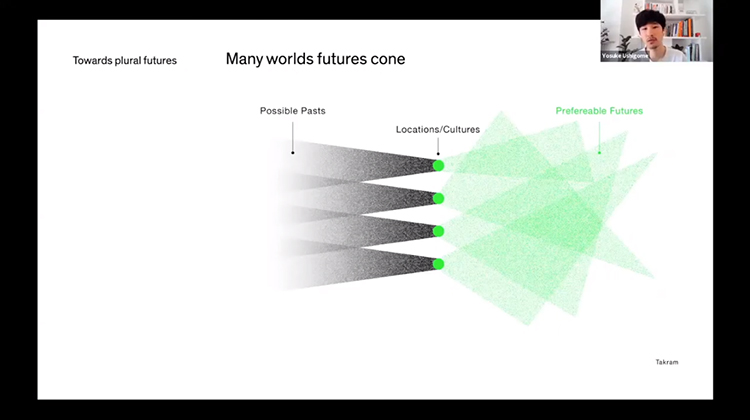
So we created a new framework that depicts the Many Worlds Future Cone.
What we used to depict with a single narrow point as now or today, is drawn in the middle of the diagram as many different “nows” with different regional and cultural influences. The futures that extend from these different current situations coexist and overlap in places. The same can be said of the past. This diagram enables us to see new possibilities based on the understanding that different pasts carved from different cultures and locations will determine the potential futures that can be created within that culture.
We have described this newly observed approach in New Ecologies Research and asked questions to determine how this approach could be usefully applied to our Hitachi and other innovation projects.
We believe it is important to raise these questions going forward.
Another key finding from our research on environmental views is an awareness of the need to “stay with the site,” or gain a better understanding of on-the-ground circumstances.
Many creators feel it is increasingly important to develop a deeper understanding and commitment to the land and communities in which the project is set. Within that, they say that projects should begin with understanding the past. In other words, a project’s starting point will extend into the past.
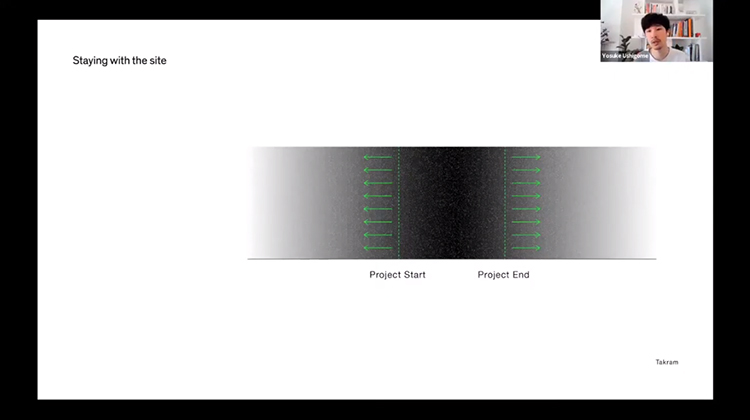
Our research subjects suggested that our perception and approach to the project end point needs to change in the same way as our approach to the start point.
Let’s take a particular product’s CO2 emissions as an example. It is often said that a product’s use stage, rather than its manufacture or transport, account for 80% of emissions. So we have to look beyond the point of manufacture if we are to address this issue.
That means that a project start will extend into the past and a project end will extend into the future, and our report highlights the importance of recognizing that gradation and getting close to the project site.
That would enable us to derive the following types of questions.
Finally, I would like to introduce a non-human perspective in order to break free from human-centric thinking.
Humans are just one part of life on earth. We must remember that we live on a single planet together with other animals and plants and we need to think about the existence of non-human life on earth.
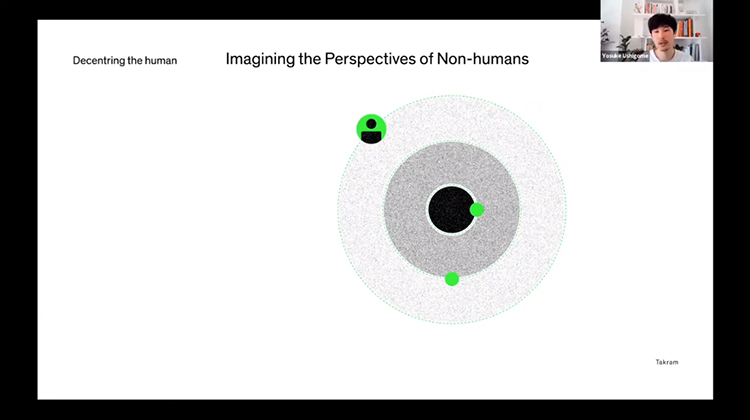
That involves stepping outside the individual human perspective and expanding the viewfinder to incorporate the perspectives of communities, cities, and nations, as well as non-human elements. We can only start debating what manmade objects need to be introduced once we have extended the perspective that far. The idea that human beings do not sit at the center of everything is already firmly entrenched in Japanese and broader Eastern thinking. We could say that we are seeing a major shift away from conventional Western thinking right now.
That should enable us to derive questions such as these.
I have introduced three new environmental views that emerged from our New Ecologies Research. I look forward to watching the rapid development of Hitachi’s initiatives and seeing how they exploit the points I have introduced here in their actual projects going forward.
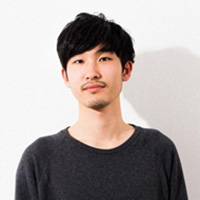
Yosuke Ushigome
Director and Creative Technologist, Takram London
He is involved in design activities to facilitate an in-depth understanding of the implication and possibilities of emerging technologies, and encourage better-informed decision-making about the future. He is actively involved in research and the construction of future concepts, the expression of visions through prototypes, and design interactions, etc. while also working on a number of projects that focus on the events that occur between technology, people, and the global environment. He received an MA in Design Interactions from the Royal College of Art in 2013.

Tomoko Suzuki
Corporate Chief Researcher and Environment Project Leader, Research & Development Group, Hitachi, Ltd.
Since joining Hitachi Research Laboratory in 1992, she has been in charge of development of systems designed to help achieve a carbon-neutral, more circular, society that can coexist in harmony with nature, such as a hydrogen production system, a waste power-generation system, and a ballast water-purification system. In 2018, she launched some business engineering research that depicts business expansion scenarios through the development of business co-creation aimed at solving customer issues. Currently, she is leading the Environment Project to build an R&D strategy focused on solving social issues and commercializing environmental businesses.
The Kyōsō-no-Mori Webinar is a series of online events hosted by the Hitachi R&D Group that seeks to trace the outline of future co-creation styles from internal and external perspectives through dialogue with Hitachi researchers and designers and entice people into the world of question-driven innovation.
